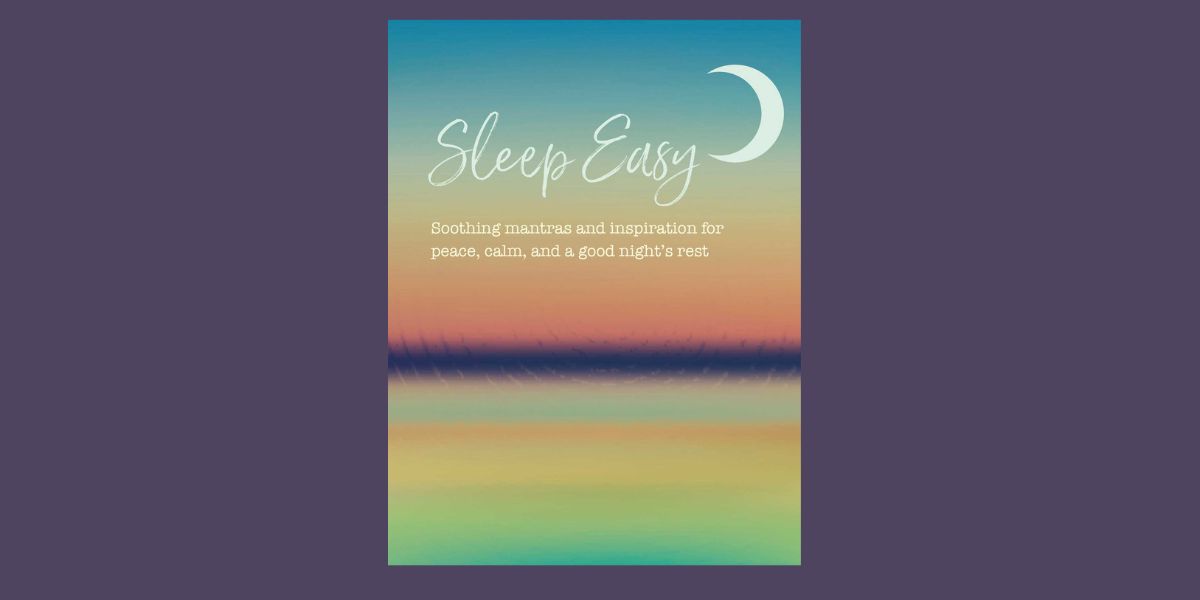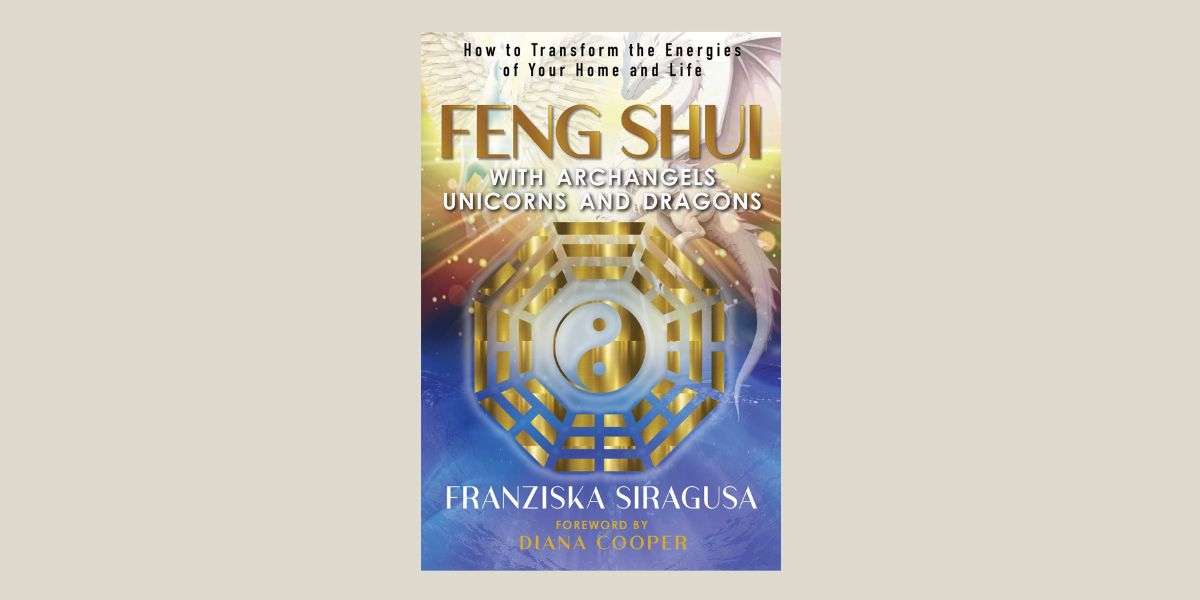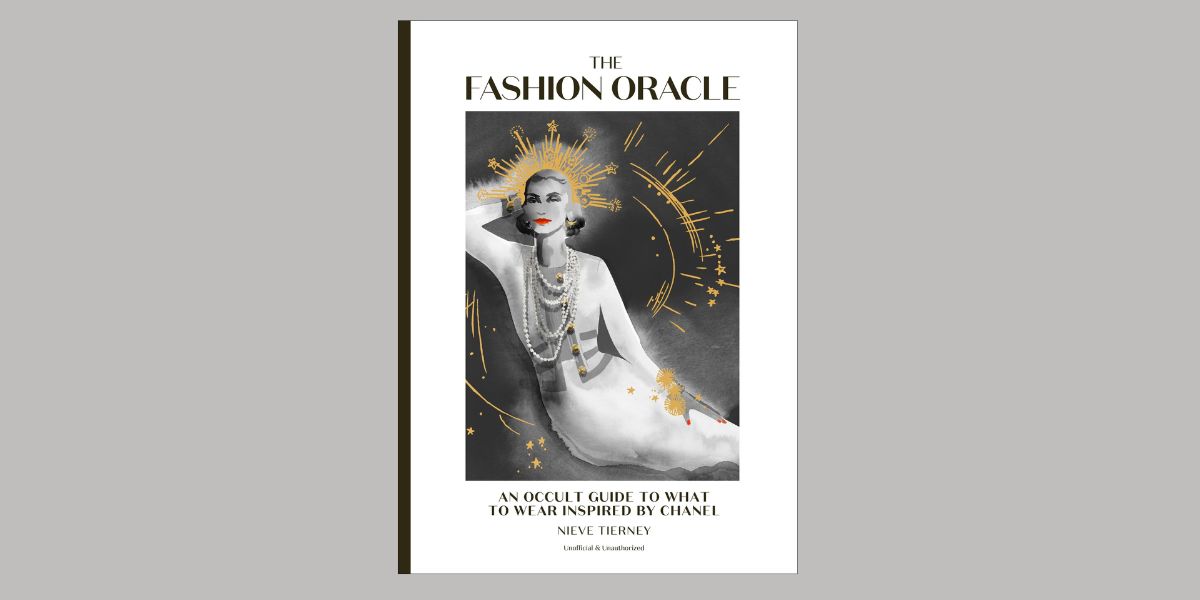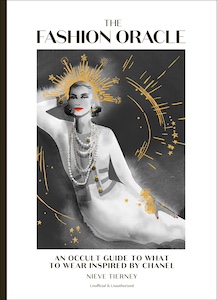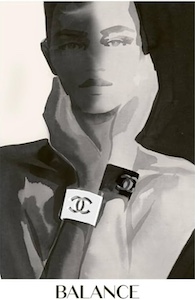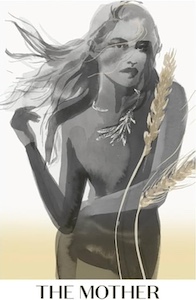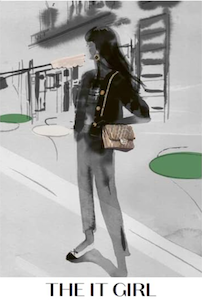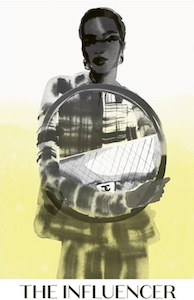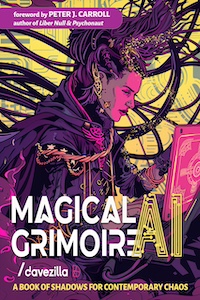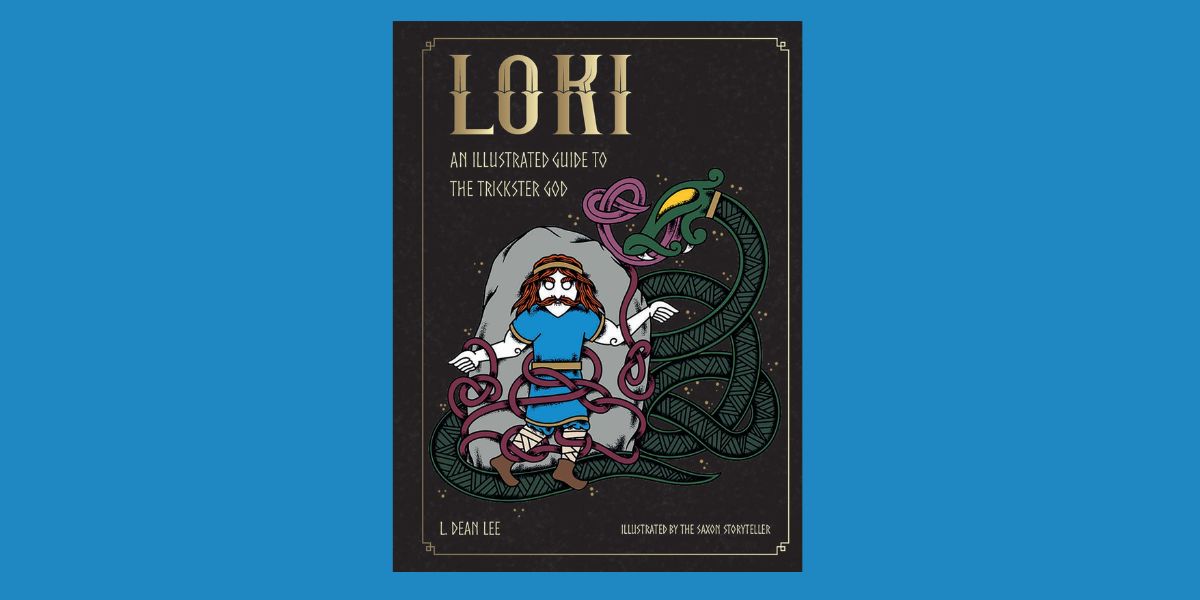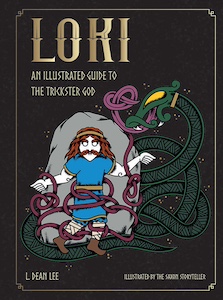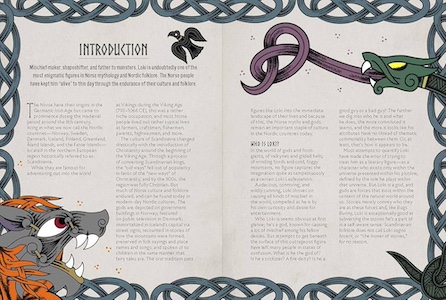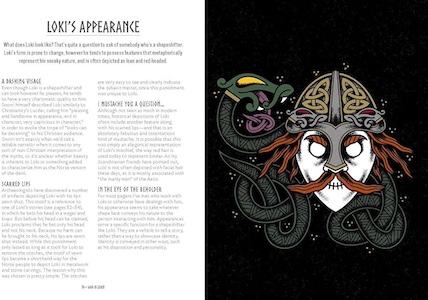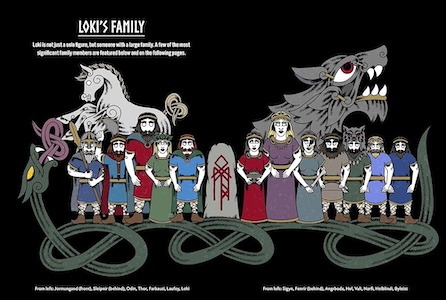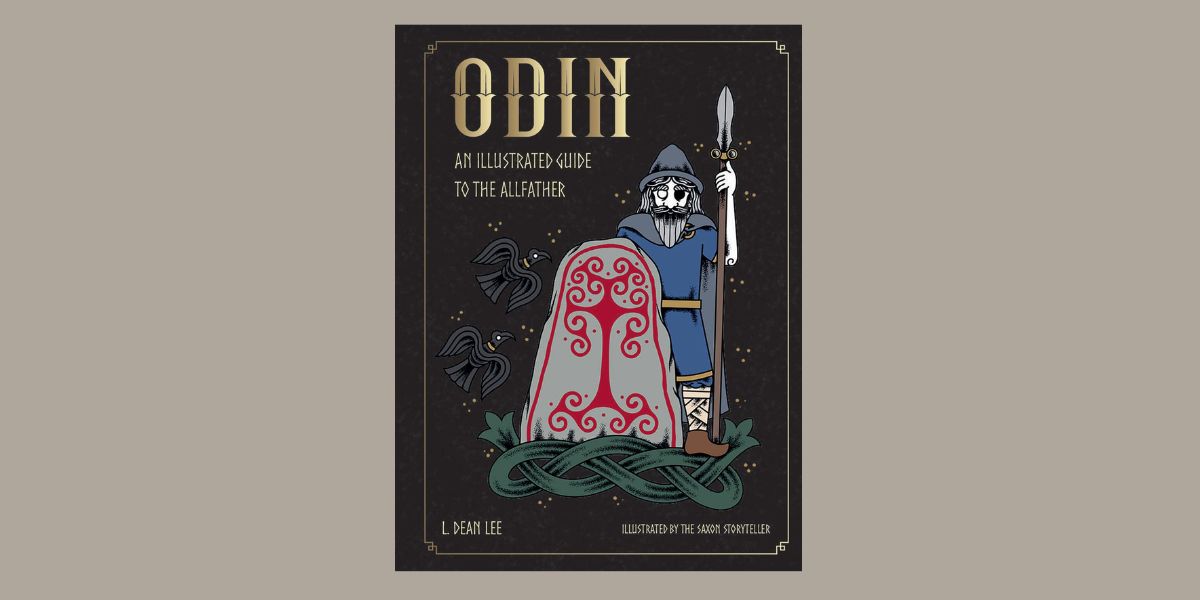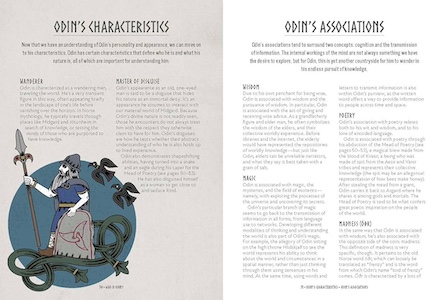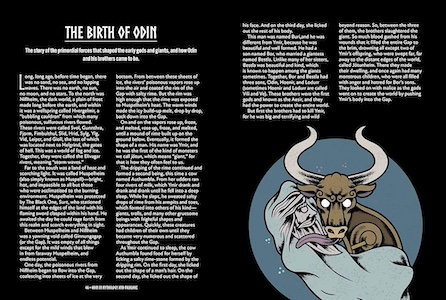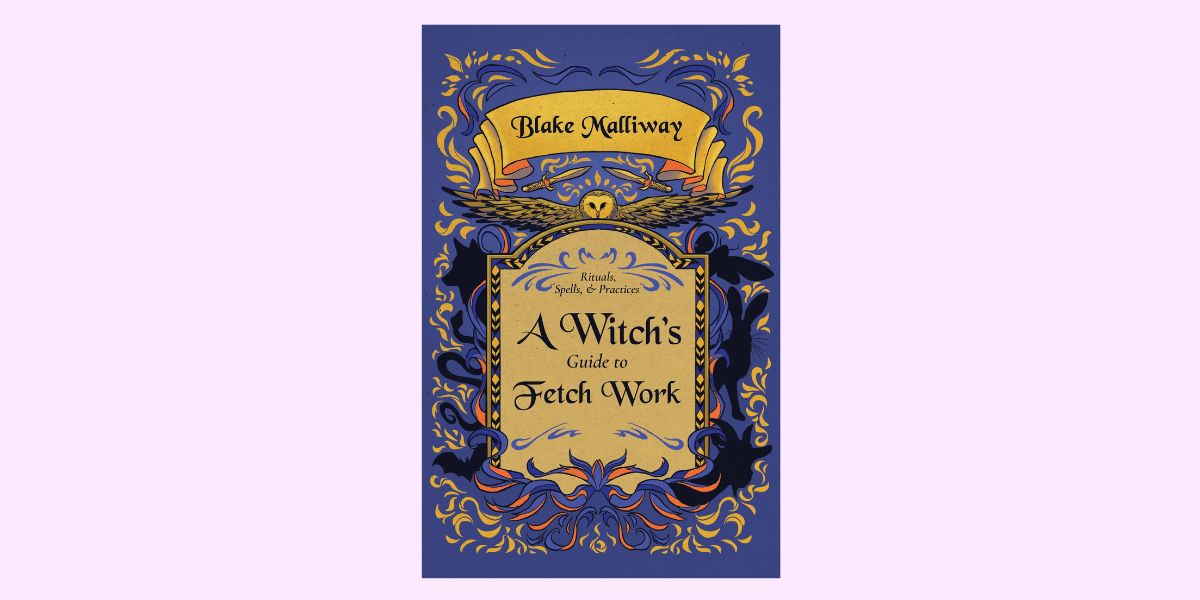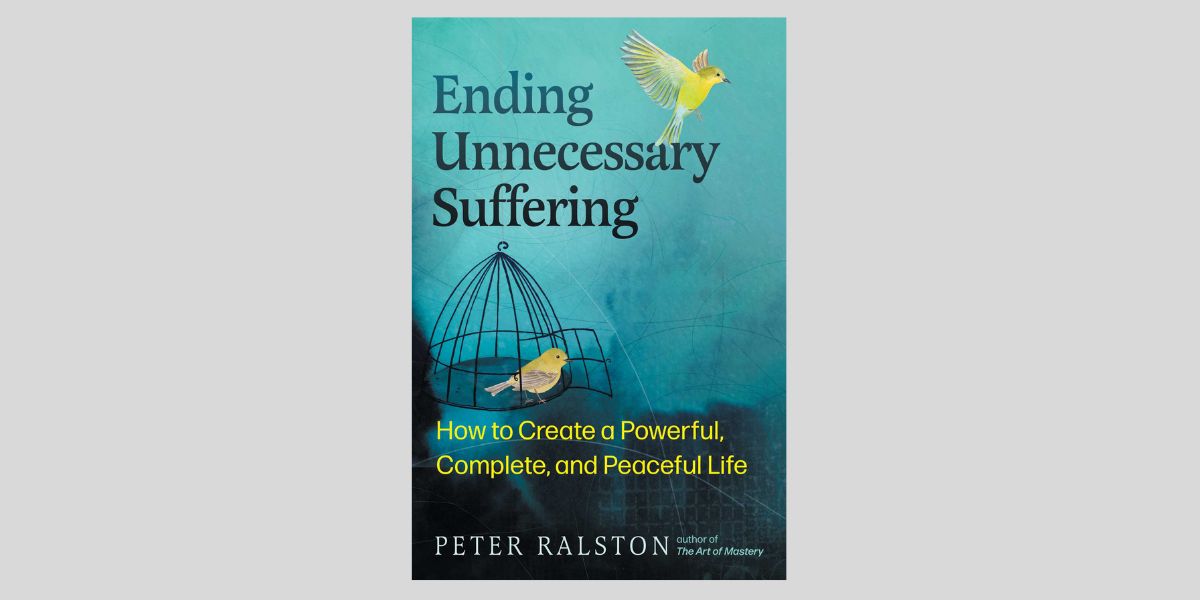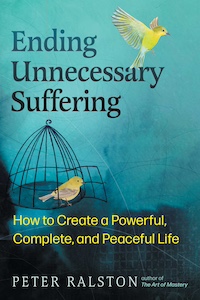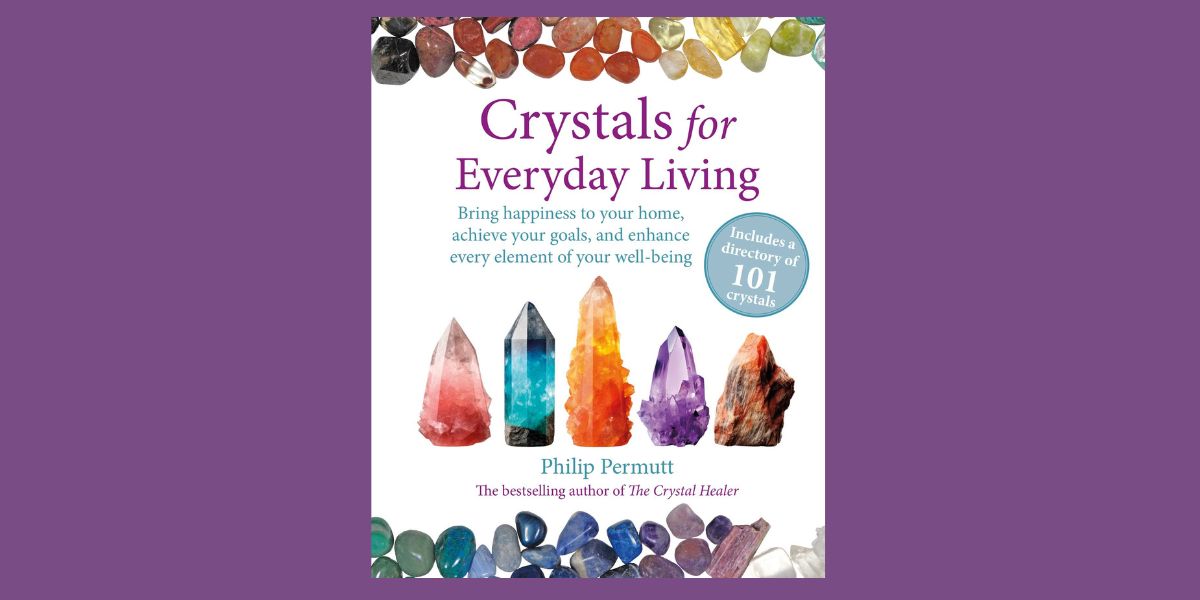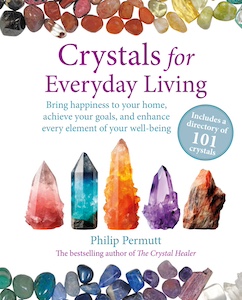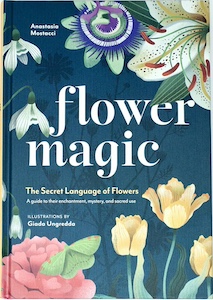
Flower Magic: The Secret Language of Flowers, by Anastasia Mostacci with illustrations by Giada Ungredda
Red Wheel, 1590035739, 160 pages, May 2025
Have you ever felt inspired by the beauty, scent, or spirit of a flower? Flower Magic: The Secret Language of Flowers by Anastasia Mostacci is an enchanting exploration into the world of floral symbolism and the special energies these delicate delights offer. As Mostacci teaches, connecting with flowers invites us to slow down, open our senses, and commune with the quiet wisdom of nature’s most graceful teachers.
“The flower moves through life lightly, fleeting yet total; it is never halfway in its being or in its giving. It is magical; it is nature in its highest expression, and for this reason it is often considered a ferryman toward invisible realms, ancient as myth, fairylike and dreamy, spontaneous as childhood, secret and sacred as the soul.”1
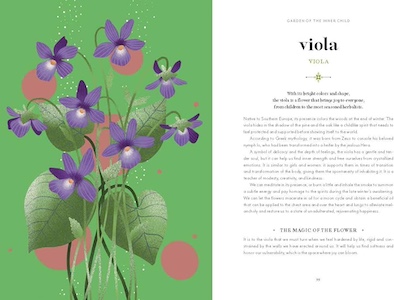
Covering a variety of 60 flowers, Mostacci delves into the rich history and cultural significance of flowers across various civilizations. She skillfully weaves together folklore, mythology, and contemporary interpretations, offering readers a comprehensive understanding of how flowers have communicated messages throughout history and the potent magic it holds.
The book is organized into several sections, which Mostacci has aptly titled gardens. This categorization is interesting and really helps readers to see how certain flowers contain similar energies, which is extremely useful for those looking to make a bouquet or designing their own garden for a specific purpose. For each garden, Mostacci covers ten flowers whose attributes highlight the essence of the garden followed by tips for arranging them together for certain purposes at the end of the section. All the gardens are color-coded, making it easy to distinguish one from the next.
For instance, “The Garden of the Psychic”, which are “flowers that influence the psyche and dreams, facilitating shamanic journeys and connections with the spirit worlds”2, contains poppy, wisteria, and honeysuckle. Meanwhile, “Garden of the Inner Child”, filled with “flowers for new beginnings, offering freshness, blessings, and a connection to the inner child”3 covers viola, lily of the valley, and calendula.
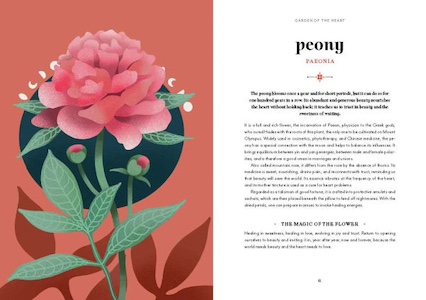
While each flower entry is only one page long, it is packed with interesting information and paired with a beautiful illustration of the flower created by illustrator Giada Ungredda. The vibrant images that bring the text to life, offering a depiction of the flower for those who might not be familiar with it. The visuals complement the writing makes this book an especially pleasurable book for those who enjoy an aesthetic reading experience; they create such a gentle, calming experience while pursuing this book.
As for the text about the flowers, Mostacci includes the scientific name of the flower, description of when the flower blooms or where it is mostly found, associations of the flower, historical or mythological tales, and magical uses. The entries are definitely not prescriptive though; all of them are customized and fascinating, conveying the uniqueness and beauty of each one.
The aspect I enjoy most is how Mostacci offers so much practical advice on using flowers in everyday life, from creating meaningful bouquets to incorporating floral symbolism into personal rituals. Some of the tidbits that have been useful in my life so far are azaleas bringing a sense of tender, maternal warmth that “beckons us inward, hiding us on a journey to learn how to know and love ourselves.”4 Angelica “defends and protects us just like an angel would, alleviating all evil, keeping it away from us.”5
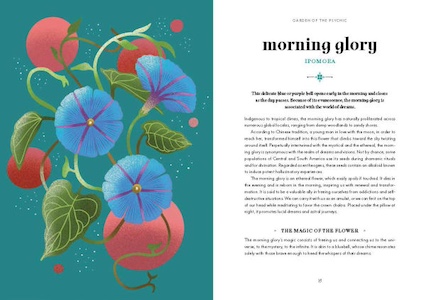
After reading the section on Verbena, I felt a strong connection to work with it more in-depth. Mostacci describes how it has been used by the ancient Egyptians, Greeks, and Romans as offerings in ceremonies to “ask for grace and fortune.”6 She offers a divination method of “writing words on verbena leaves and then, having reached a windy place, letting some be carried away to derive a message from those that remain.”7 I definitely plan on trying this soon!
For those just learning about flower magic, the photographic summary at the end was immensely useful for identifying the flowers. I’ve been able to more quickly spot them when out in nature, especially at my local arboretum, or at the farmer’s market when I’m shopping for fresh flowers. I also love the bouquet summaries at the end that depict how to weave together certain flowers for desired results. Here’s an example of a bouquet suggestion from “The Garden of the Wind”:
“A bouquet of milk thistle, lavender, and verbena will bring great purification, the necessary precursors for allowing new inspirations to pass through us.”8
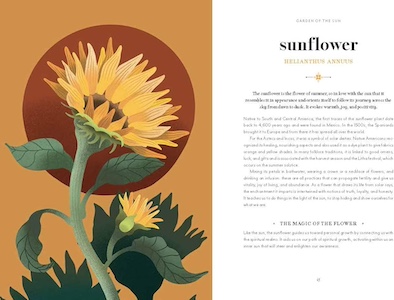
Overall, Flower Magic is a delightful read for anyone intrigued by symbolism and lore of these natural beauties. Mostacci’s writing and design of the book make it easy to absorb the information on these flowers, especially in the grouping of them by gardens for further illumination about the properties of each one. The hardcover along with gorgeous illustrations by Ungredda make this the perfect book for a nightstand or coffee table; this is one you’d definitely want on display!
Whether you’re interested in natural magic or simply looking to expand your knowledge of the natural world, this book promises to deepen your appreciation for the subtle yet powerful language of flowers. It’s been such a pleasure reading it during the peak blossoms of spring! I know this is a book I’ll refer back to again and again for insight, especially when deciding which flowers to add to my magical practice for offerings or manifestation.
Alanna Kali is an astrologer, numerologist, and pioneer spirit that loves to explore life through the lens of depth psychology. She has a passion for studying the humanities and social trends. Her academic work is centered upon reuniting body, mind, and spirit through eco-psychology. She loves reading, spending time in nature, and travel.

